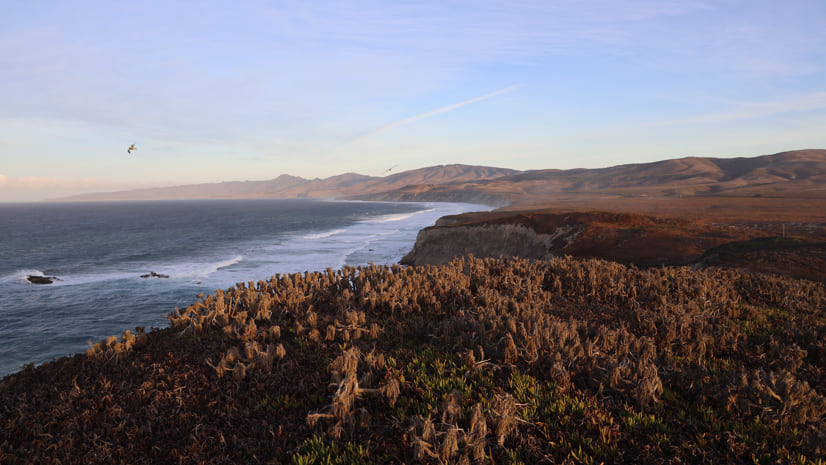
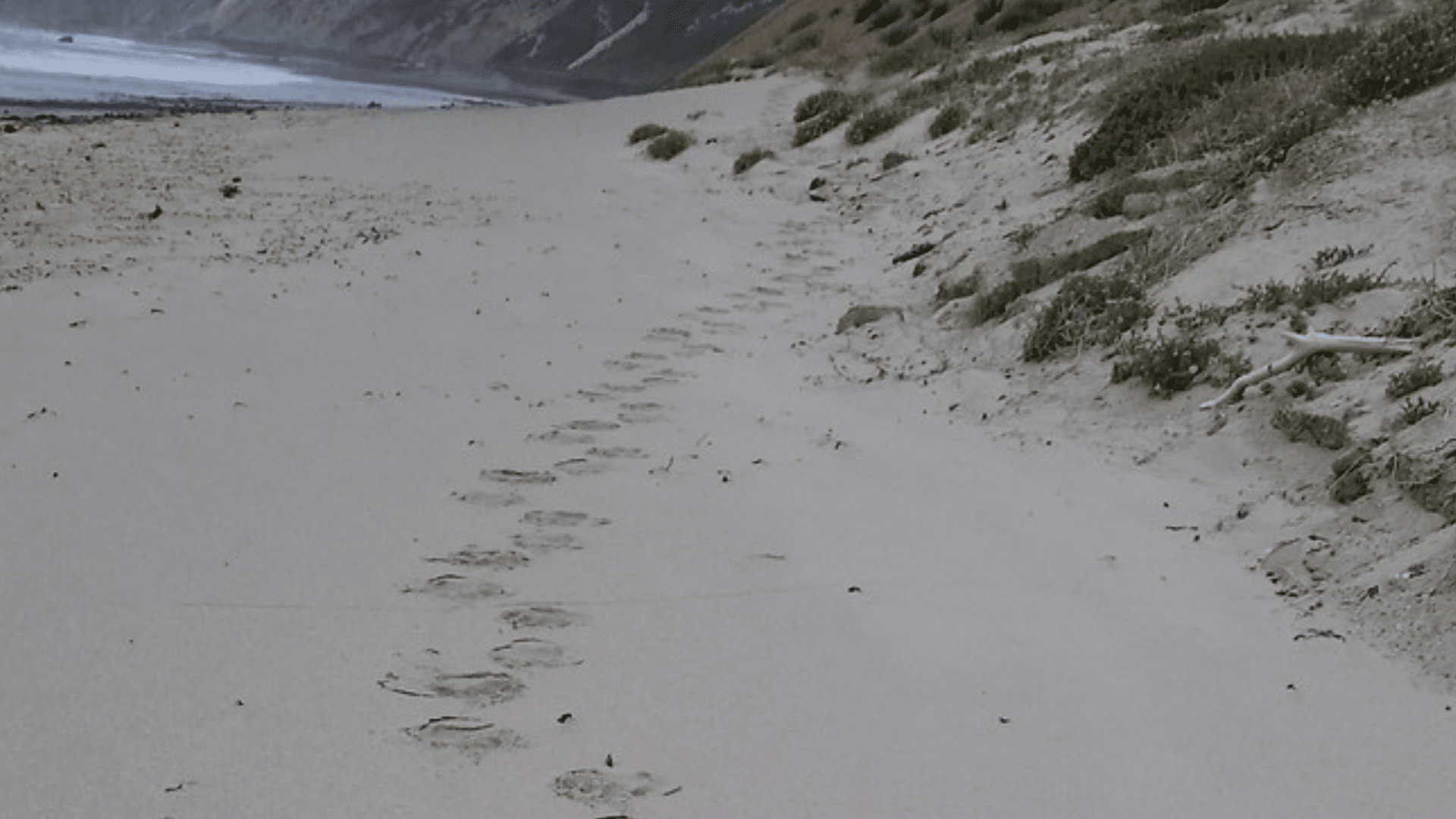
September 13, 2022 | Multiple Authors |
April 20, 2023

Increasingly, environmental digital twins are being used to revive natural areas. It’s a promising convergence: a powerful technology that can help us tackle some of the most pressing problems of our times.
Digital twins—virtual representations of complex systems—are common in manufacturing, utilities, airports, and cities. Now, conservationists have embraced digital twins to focus on urgent issues, such as invasive species and ecosystem restoration.
Geographic information system (GIS) technology helps scientists and land managers create environmental digital twins, using them to gather accurate and up-to-date data and imagery to power maps and apps to address complex environmental challenges.

Land managers and scientists use GIS to create environmental digital twins that integrate knowledge about ecosystem health and biodiversity. Digital twins capture how ecosystems are now—and how they will change. By sharing data and knowledge, environmental digital twins foster collaboration across scientific domains.
At Point Conception, California, The Nature Conservancy is working to revitalize a unique ecosystem. It sits at the nexus of land and sea, and the wildland-urban interface. The area is what biologists call an ecotone, with flora and fauna from northern and southern ecoregions that intermix and create an abundance of species not found in other places.
Stretching from the coast to the Santa Ynez Mountains, the area includes chaparral, grassland, oak woodlands, coastal scrub, and closed-cone pine ecosystems. The waters off Point Conception are the site of a marine reserve, where elephant seals, gray whales, kelp forests, and sea otters thrive.
The Nature Conservancy is working with Esri and a community of more than 70 research partners to create a digital twin of Point Conception. The digital twin captures critical environmental data to create a working model of natural communities and ecosystems. Coupled with environmental sensors and artificial intelligence, the digital twin accelerates understanding of natural processes.
The Point Conception digital twin will underpin all the work being done at this living laboratory.
Land managers have identified non-native species, including ice plant, that have displaced native plants on the preserve. The digital twin has helped identify 300 acres of this invasive species, devise strategies to eliminate it, and check results.
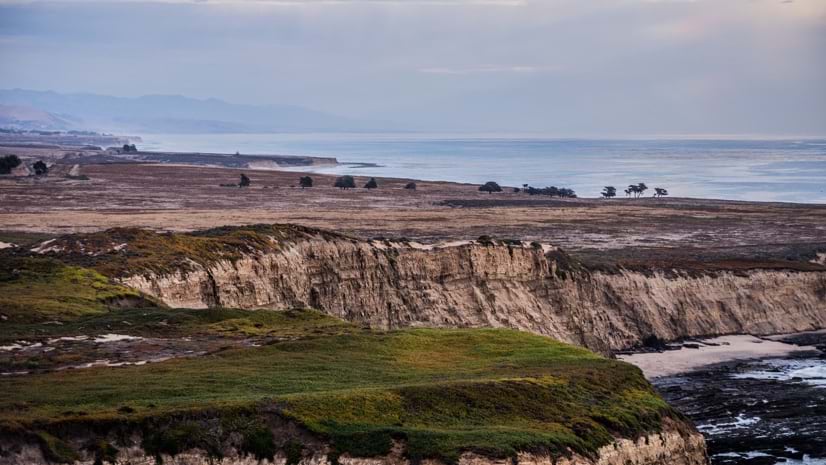
Marine biologists envision a digital twin to monitor Point Conception State Marine Reserve. A first step uses remote sensing to monitor kelp health over time. In the future, this can evolve to compare kelp canopy against such variables as salinity, dissolved oxygen, and temperature to correlate any decrease in health to indicators of change.
Maintaining this important location is critical to biodiversity, fisheries, and to coastal resilience to climate change.
Our environmental challenges can feel overwhelming. Because of climate change, weather has become more severe and damaging. Habitat and species loss continues apace.
Yet there is room for hope and optimism.
With the rise of the “30 by 30” movement—more than half the world’s nations have pledged to preserve 30 percent of the Earth’s most critical lands and waters by 2030—more areas are being set aside for conservation and carbon capture. New community-led conservation approaches enhance ecosystems and provide equitable access to nature and jobs for residents.
These achievements don’t happen in isolation. They come from a deepening understanding of what’s needed and what works.
Environmental digital twins meet the urgency of the moment. Through shared knowledge, open science, we can safeguard ourselves from the worst impacts of climate change.
There are still more questions than answers about how to safeguard biodiversity or draw down carbon. But with environmental digital twins, we’re on a path toward better stewardship of our planet.
Learn how digital twins inform intelligent conservation efforts.

September 13, 2022 | Multiple Authors |
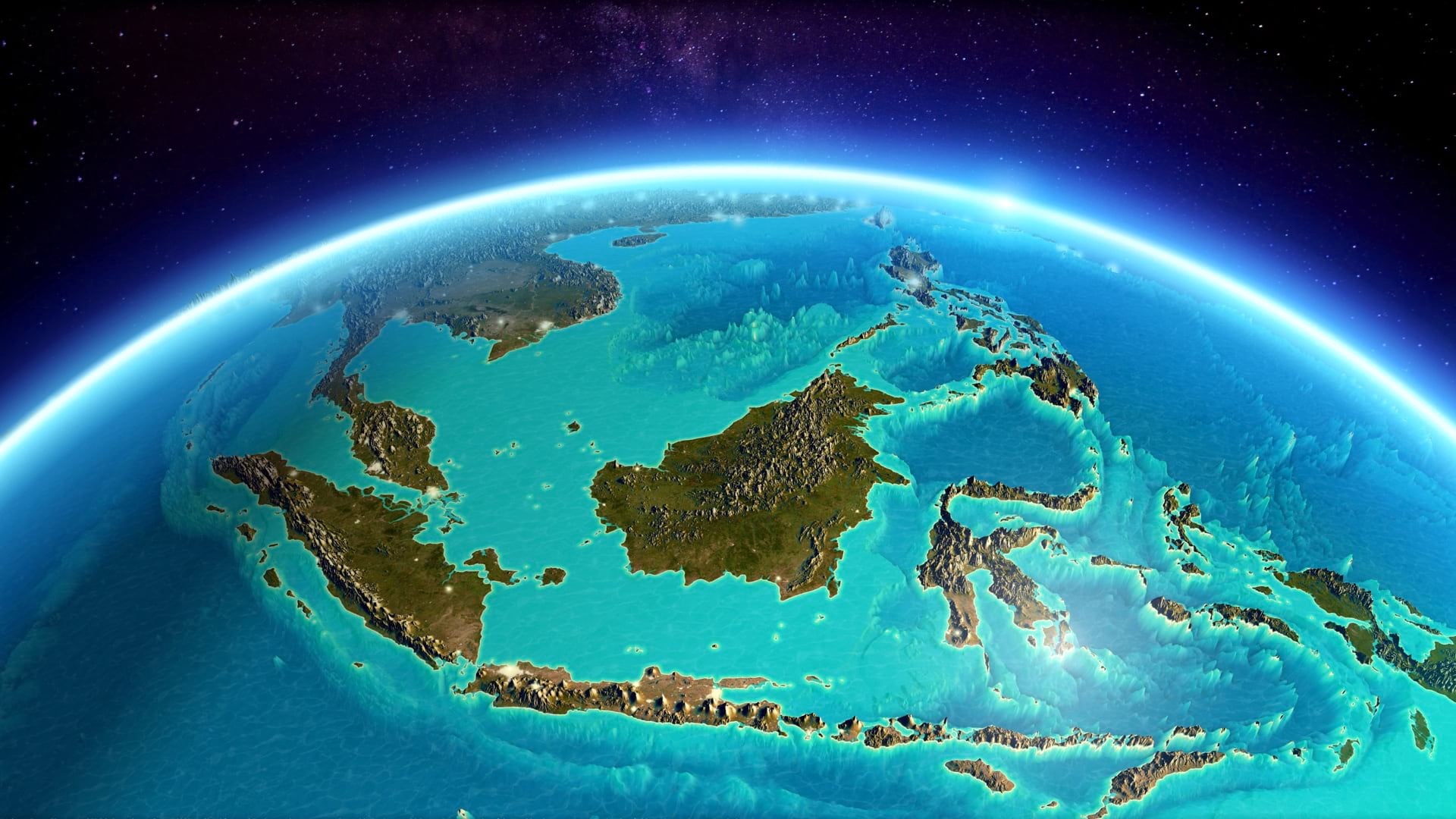
May 10, 2021 |
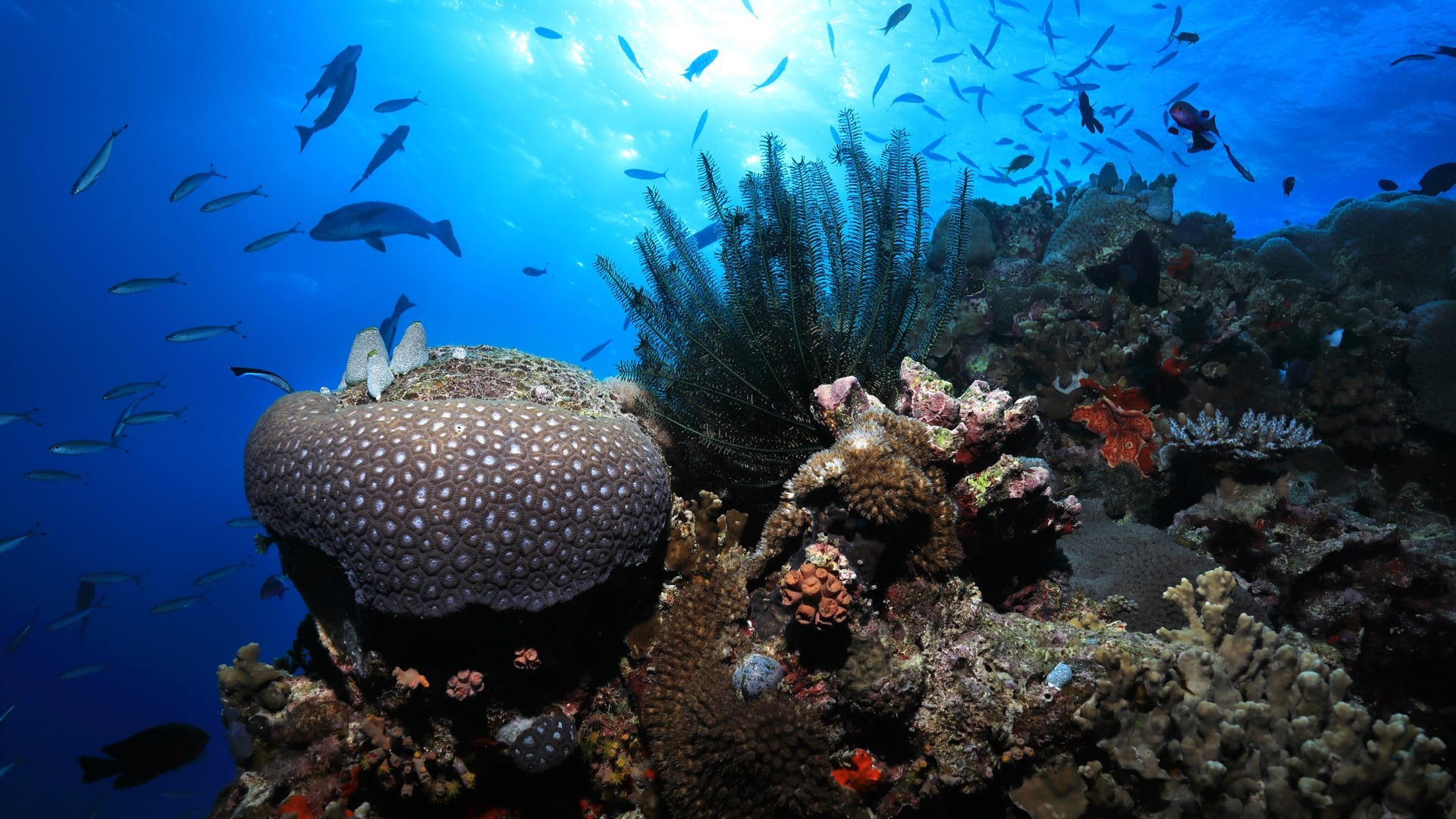
April 22, 2022 |